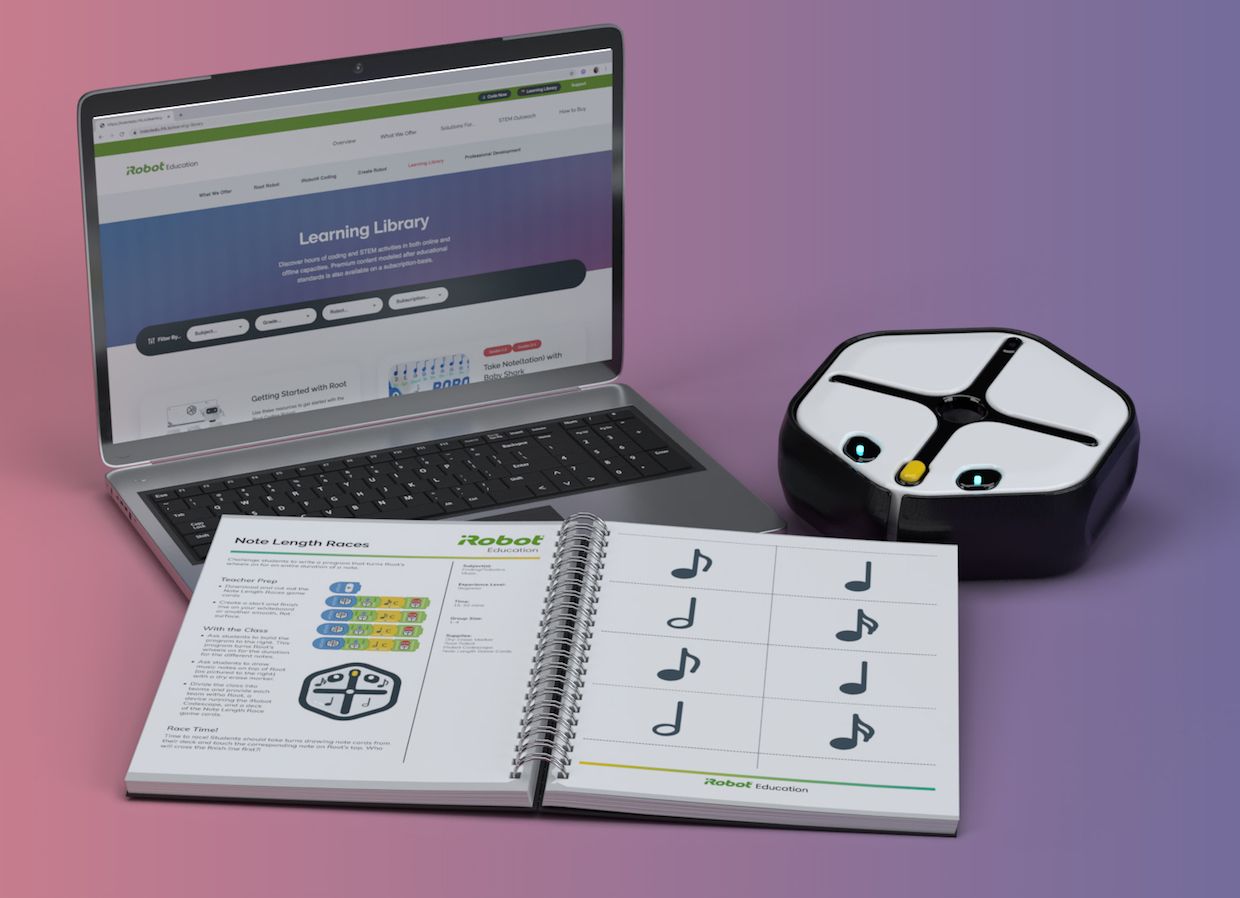131 private links
Ah, C. Still the language of modern high-performance computing.
C is the lowest-level language most programmers will ever use, but it more than makes up for it with raw speed. Just be aware of its manual memory management and C will take you as far as you need to go.

A function to return the number of digits in an input (natural) number provides many learning opportunities for a new programmer
These resources will get you started and well on your way to proficiency with Python.
Snap! is a broadly inviting programming language for kids and adults that’s also a platform for serious study of computer science.
Snap! is now a community website where you can share and publish projects so others can find and remix them, and where you can ask questions and discuss the beauty and joy of computing. We invite you to check out the new site. Did you know that you can embed Snap! projects in other web pages?
We've also enhanced the programming language, making it easier to discover and to use powerful blocks for analyzing data and transforming media.
Snap! (formerly BYOB) is a visual, drag-and-drop programming language. It is an extended reimplementation of Scratch (a project of the Lifelong Kindergarten Group at the MIT Media Lab) that allows you to Build Your Own Blocks.
It also features first class lists, first class procedures, and continuations. These added capabilities make it suitable for a serious introduction to computer science for high school or college students.

A unique method in the world to learn ROS online.
Entering and mastering ROS in only 5 days.
A system for managing programming contests on the Web. Written in Iava, source code available.
A nice feature is that it does not use a database for the backend, but organizes the information into files and directories in the filesystem.
Free activities for classroom or home
CS Unplugged is a collection of free learning activities that teach Computer Science through engaging games and puzzles that use cards, string, crayons and lots of running around.
The activities introduce students to Computational Thinking through concepts such as binary numbers, algorithms and data compression, separated from the distractions and technical details of having to use computers. Importantly, no programming is required to engage with these ideas!
CS Unplugged is suitable for people of all ages, from elementary school to seniors, and from many countries and backgrounds. Unplugged has been used around the world for over twenty years, in classrooms, science centers, homes, and even for holiday events in a park!
The material is available free of charge, and is shared under a Creative Commons BY-NC-SA licence, which makes it easy to copy, adapt and share it.
KIT-12060: The SparkFun Inventor's Kit (SIK) is a great way to get started with programming and hardware interaction with the Arduino programming language. The SIK in
Spherical Flight Vehicle with single rotor using 4 control surface
Piazza is a free online gathering place where students can ask, answer, and explore 24/7, under the guidance of their instructors. Students as well as instructors can answer questions, fueling a healthy, collaborative discussion.
Welcome to the Freescale Cup! The following pages are designed to introduce students to the concepts of robotics and the components of the Freescale Cup Car. Programming microcontrollers is challenging, and the content here is developed to facilitate the process of becoming a successful embedded programmer.
La piattaforma KIRO è un ambiente digitale dedicato a tutti - docenti e studenti.
KIRO viene già utilizzato da una buona parte della comunità accademica della nostra università e ha già dato corso, negli anni precedenti, ad interessanti aperture ai processi di internazionalizzazione e di Digital Literacy.
Per far conoscere le potenzialità didattiche e organizzative di KIRO e per abilitare tutti gli attori coinvolti a un utilizzo autonomo e competente di questo ambiente digitale, il Servizio IDCD offre diverse attività di formazione e di approfondimento.
This is the channel for seminars, teaching and presentations connected with the ReTiS Lab.
The tangent bug algorithm is actually the imroved version of Bug1 and Bug2 algorithms. Unlike these methods, tangent bug algorithm depends on the existence of a range sensor that is mounted on the point robot in the map. By only investigating the output ot this range sensor, and including the knowledge of the robot's current pose and goal's pose, the robot plans actions to reach to the goal.
This web page consists of information about the tangent bug algorithm and its implementation.
